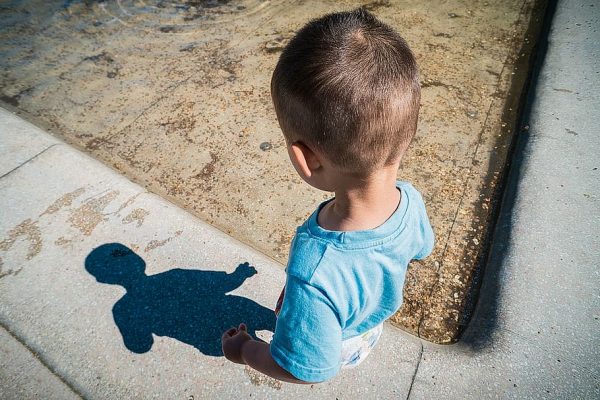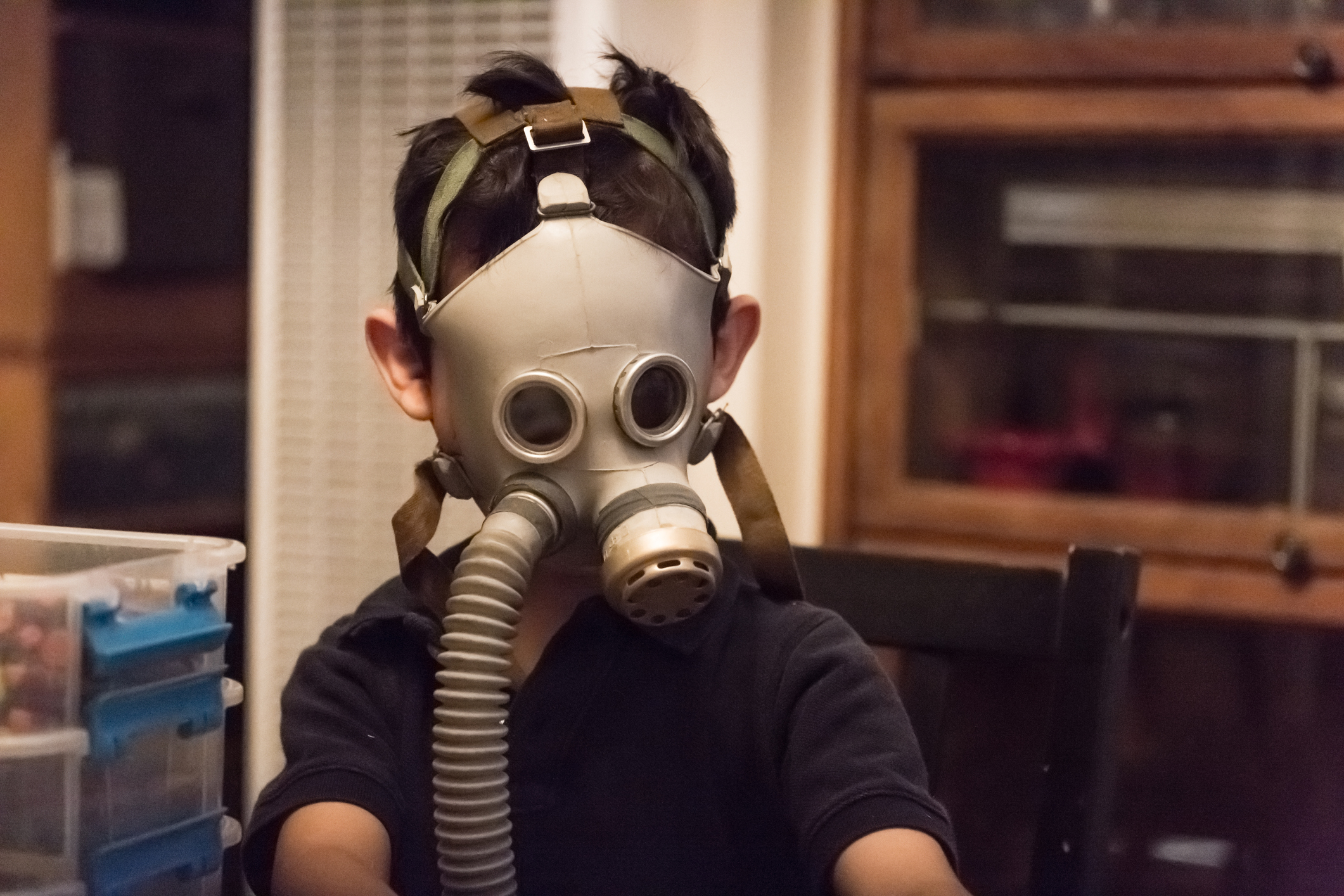It's coming.
Why Can’t Johnny Read Porn?

"Porn literacy" aims to make sure that schools are exposing kids to the broadest range of sexualized matter.
Having normalized sex outside of marriage, cohabitation, same-sex sex, same-sex marriage, and now transgender ideology, the Left’s next aim is the sexualization of children.
The Left uses several mechanisms to sexualize children. Public libraries, public schools, and book retailers must feature gender-bending books for ever-younger children, all with the aim of mainstreaming the fringes. Pride Month in June, 2022 featured drag shows aplenty, where young children danced with men dressed as sexualized women or put dollar bills in the pasties of strippers. Activists and academics are hard at work redefining pedophiles as “Minor Attracted Persons” in order to reduce the stigma associated with the desire to have sex with children.
Much work must be done before these practices become tolerated. Academics invent and defend new practices in seemingly obscure journals. More academics take notice. Then those practices are translated into pedagogy in education schools. After this, it is just a matter of time until they make their way into the classroom or into a library or bandshell in a city near you.
James Lindsay tells how drag went from the fringes to the mainstream, using an academic study by Harper Keenan and the venerable “Lil Mis Hot Mess” called “Drag Pedagogy: The Playful Practice of Queer Imagination in Early Childhood” (published in Curriculum Inquiry). Introducing drag into schools and library story times, argue Keenan and Hot Mess, will “unsettle binary gender expectations among children.” The suddenly ubiquitous Drag Queen Story Hour creates “space for young children and families to immerse themselves in LGBT-themed stories” and “a pathway into the imaginative, messy, and rule-breaking aspects of drag for children without necessarily watering down queer cultures.”
Among the next mechanisms to be normalized is porn literacy. Planned Parenthood and its government partners are already promoting porn literacy to school trainers and public health officials, as we have shown in a recent report. It is late in the game already, though few people even know what porn literacy is.
As with drag, academic articles show what is at stake for porn literacy. Kath Albury’s 2014 “Porn and Sex Education, Porn as Sex Education,” published in Porn Studies, is among the most widely cited porn literacy articles. When Lindsay read “Drag Pedagogy,” it had only four citations; Albury’s classic has already been cited 116 times.
Porn literacy and grooming children
The defense of teaching porn literacy begins with eliminating the stigma around watching porn, but ends with hopes to promote porn use and to encourage ever younger children to integrate porn into their increasingly active sex lives.
Albury starts by debunking our concerns about the negative effects of porn. Porn use by children has been and continues “to be constructed as deeply problematic,” as another study holds. But porn, it seems, causes problems only because of how society imagines it. Society has delimited a boundary of acceptable, good sex, favoring heterosexual, marital, and procreative sex. The strength of “this discourse” problematizes porn for children, especially “non-dominant youth sexual expressions” that “conflate pornography with heterosexual pornography.” It also problematizes porn for adults.
As a result, according to Albury, “online pornography has increasingly been framed as a risk to young people’s well-being.” It is not, let us specify, a risk; it is “framed as a risk.” It is “said” to affect brain development, to make getting an erection more difficult, to cause acedia among young men, and to promote kink and aggressive sex, and sexual violence.
But porn need not have these effects. According to porn literacy advocates like Albury, porn can be demystified. Indeed:
In an ideal educational setting, porn literacy education might permit a dialogue that offers the opportunity for educators to learn more about young people’s cultures, and for both teachers and learners to extend their knowledge and understanding of the intersections between mediated representation and lived experiences of sex, sexuality and gender.
Kids can tell teachers about their pornography experiences, while teachers can guide students to understand what porn teaches about sex, namely that sex is about pleasure, that sex has nothing to do with relationships, that sex should always reflect a rough equality, that our idea of realistic sex is caught in the trap of society’s “charmed circle” of approved sex, and that all ways of doing, having, or representing sex are just awesome. The kids can discover who they really are through porn, or they can be made into who the teachers think they should be.
Pornography fosters social reform. Teachers should move students toward a “framework of thick desires”—whereby they not only desire ever more sexual pleasure, but achieve that desire under conditions of “equity, justice and care.” Young people should experience pornography, as Albury writes, in order to reshape “the broader curriculum of formal sex and relationships.” The hope is to increase “young people’s sexual repertoires,” especially through the consumption of gay porn and community sex activities. Possibilities include exposure to bareback pornography (condom-less sodomy), and oral and anal sex. Few youngsters think of these things left to themselves, but exploring porn can help them open new horizons.
Promoting expansive repertoires of sexual expression is mostly illegal now—because we continue to construct porn as problematic. Albury imagines the possibilities if teachers can subvert the norm and adopt “a number of creatively ‘indirect’ strategies,” while delivering “porn education to young people.” Among the techniques are showing documentary videos, instructional games, training resources, and curriculum guidelines all designed as “‘de-mystifications’ of porn as a media genre” and as a legitimate part of “formal education.”
Many practitioners are following Albury’s trailblazing footsteps. Planned Parenthood’s offshoot, ETR, standing for “Education, Training and Research,” trains sex education facilitators. In a recent video used to train high school teachers in porn literacy, Sarah Diamond, Associate Director of Prevention Education at the University of San Diego, and her partner in porn pedagogy applied Albury’s scholarship to practical situations in classrooms.
Diamond and her fellow presenter offered three tips for educators on porn literacy that follow the scholarship precisely. Values must be clarified at the outset. Facilitators cannot begin open conversations about porn in classes if they think “watching porn and by extension sex work is inherently bad.” Instead, facilitators should aim at a neutral approach to porn. An anonymous survey about porn accomplishes this goal. The teacher collects the surveys and then hands them out to different students at random. Students will be asked to defend whatever proposition about porn is on the survey that they receive. This allows students to defend positions on pornography, whether they wanted to or not. The hope here was to mainstream discussions about porn as a normal activity, like talking about Homer or discussing the American Revolution.
Critical thinking skills on porn was the second teaching tip. The trainer hopes to cultivate an appreciation for how porn cultivates sexual excitement and sexual fantasy. She recommends talking to elementary students about porn so that they are not shocked by it but rather can learn how to integrate what happens on the screen into their own chosen lifestyles. The third tip involves how to reduce shame attached to watching pornography. To watch porn is human, because human beings like to watch other human beings have sex. This should be integrated into everyone’s life to keep things honest.
By mainstreaming porn discussions, teachers destigmatize porn (insofar as it is stigmatized) and treat it as just one legitimate option among many. Some people like Coca-Cola. Others Pepsi. Others BDSM. Whatever.
This revolution will not stop at porn literacy for children. None of the several articles on porn literacy explicitly discuss childhood participation in pornography. The leap from porn literacy for children to porn involving children is not far. Nor would it be unexpected. The porn literacy movement, afoot in academia and moving toward the educational mainstream, embraces the idea of children watching many varieties of pornography. Children should watch it. Should they participate in it? That is against the law (for now), but perhaps there are additional “indirect strategies” to get around such prohibitions. Subverting these norms is part of the porn literacy game.
Ten years ago, no one thought young children could be legally castrated in the name of gender ideology. Is porn literacy as unthinkable as all that?
We are dealing with a rolling revolution–and rolling it back requires that we strike at its assumptions, not just its latest manifestations.
The American Mind presents a range of perspectives. Views are writers’ own and do not necessarily represent those of The Claremont Institute.
The American Mind is a publication of the Claremont Institute, a non-profit 501(c)(3) organization, dedicated to restoring the principles of the American Founding to their rightful, preeminent authority in our national life. Interested in supporting our work? Gifts to the Claremont Institute are tax-deductible.
Some stories aren't being told.
You must reach wokeness herd immunity.
America's young men face an acute crisis of masculinity.




